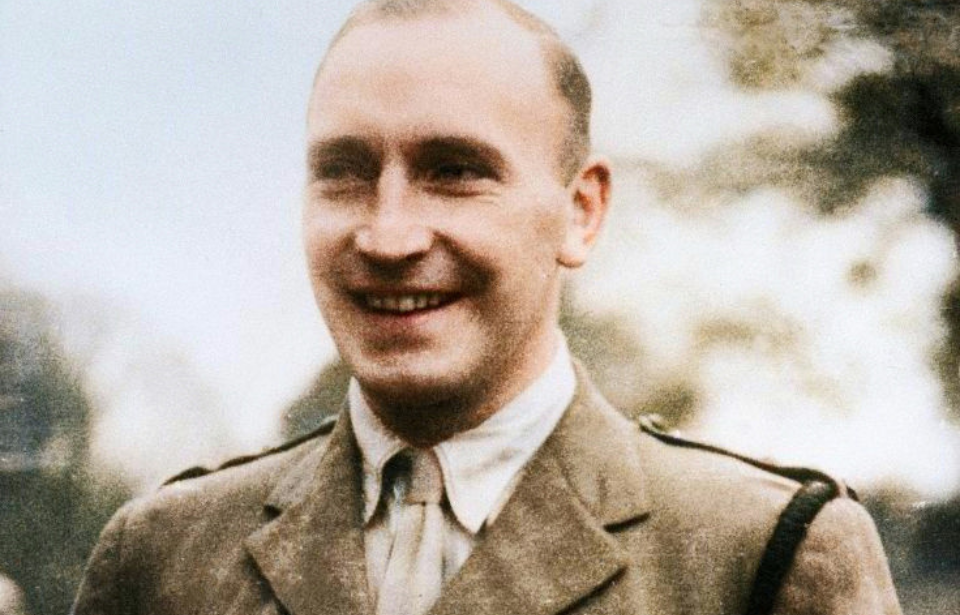Paddy Mayne, a figure of both controversy and admiration, stands out for his contributions throughout the Second World War. His leadership in the Special Air Service (SAS) is renowned, showcasing a ferocity and ingenuity that forever changed the face of special operations. His actions in combat were nothing short of heroic, earning him a distinguished place among the ranks of the British Army.
Paddy Mayne’s early life
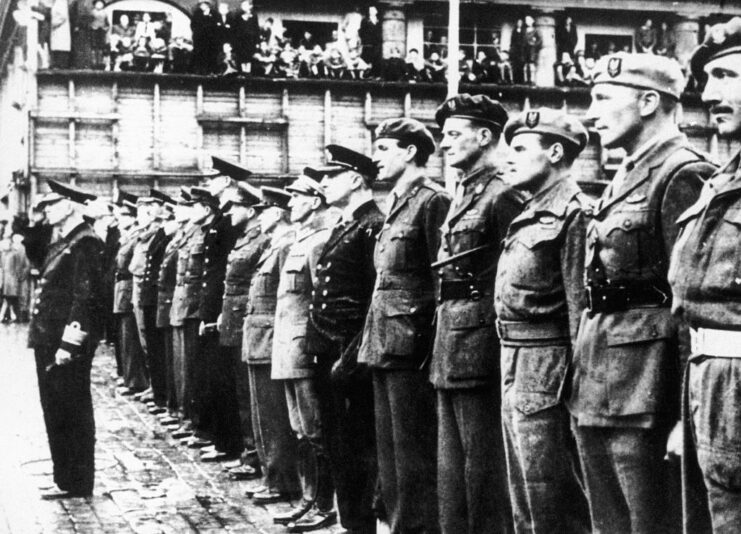
Born in 1915 in Newtownards, County Down, Robert Blair “Paddy” Mayne’s upbringing in the green landscapes of what’s now Northern Ireland instilled in him a love for the outdoors and a penchant for adventure. One of seven children, his foray into adulthood saw him excel at sports, particularly rugby, with him showcasing his physical prowess and leadership qualities on the field. While a skilled player, he was also overly fond of alcohol, meaning he sometimes got into trouble at matches.
While attending Queen’s University Belfast, where he was studying law, Mayne joined the Queen’s University, Belfast Contingent, Officers’ Training Corps as an officer cadet. He also took up boxing, becoming the Irish Universities Heavyweight Champion.
Entering military service
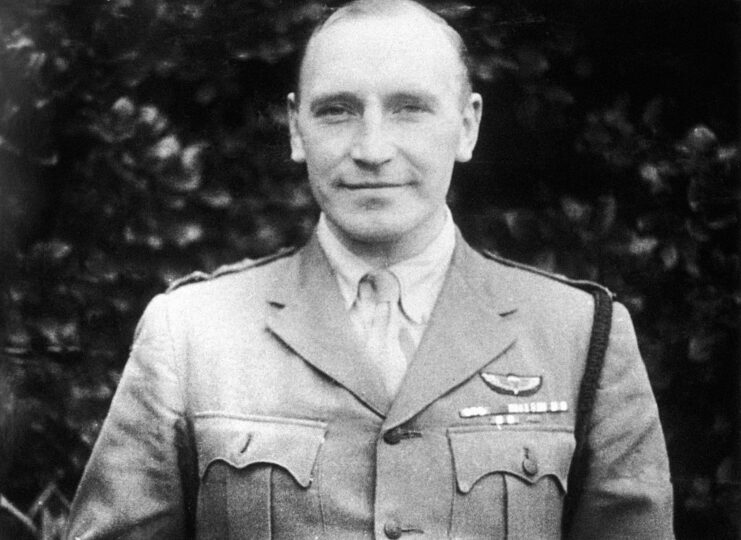
It was the rumblings of what became World War II that steered Paddy Mayne toward military service. Despite his promising career in law and sports, the call to serve proved irresistible. In March 1939, just a few months before the German invasion of Poland, Mayne enlisted in the Supplementary Reserve, receiving a commission in the Royal Artillery.
By April 1940, he’d been transferred to the Royal Ulster Rifles, where he quickly distinguished himself, not just for his physical capabilities, but also for his innovative tactics and fearless leadership. Before long, he volunteered for the Commandos and was assigned to No. 11 (Scottish) Commando.
Joining the Special Air Service (SAS)
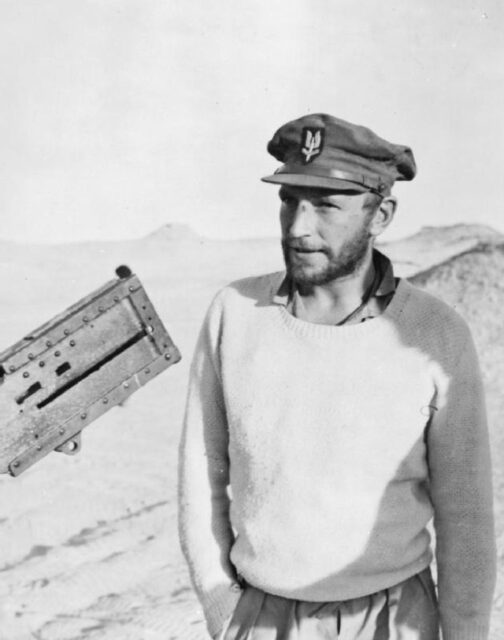
In 1941, Paddy Mayne found himself deployed to the Middle East, where he and the rest of the No. 11 (Scottish) Commando went up against the Vichy French forces in Syria. It was during this time he showed his prowess in combat, capturing many prisoners and targets during the Battle of the Litani River.
In the early 1940s, the concept of a specialized unit capable of conducting specialized raids behind enemy lines was taking shape. What became known as the Special Air Service (SAS) had experienced a disastrous start and it needed some proper leadership, which led to Mayne being brought into the fold. According to rumor, he was recruited while sitting in a prison cell for striking his commanding officer, Lt. Col. Geoffrey Charles Tasker Keyes.
Mayne’s leadership and innovative tactics were instrumental in demonstrating the effectiveness of small, highly-trained teams capable of executing precision strikes. His contributions to the SAS weren’t just strategic, such as the use of military Jeeps, but also deeply personal, shaping the ethos of the unit. His ability to inspire those around him, coupled with his fearless attitude in the face of danger, set a precedent for the type of soldier the SAS sought to recruit.
Paddy Mayne led many notable missions during World War II
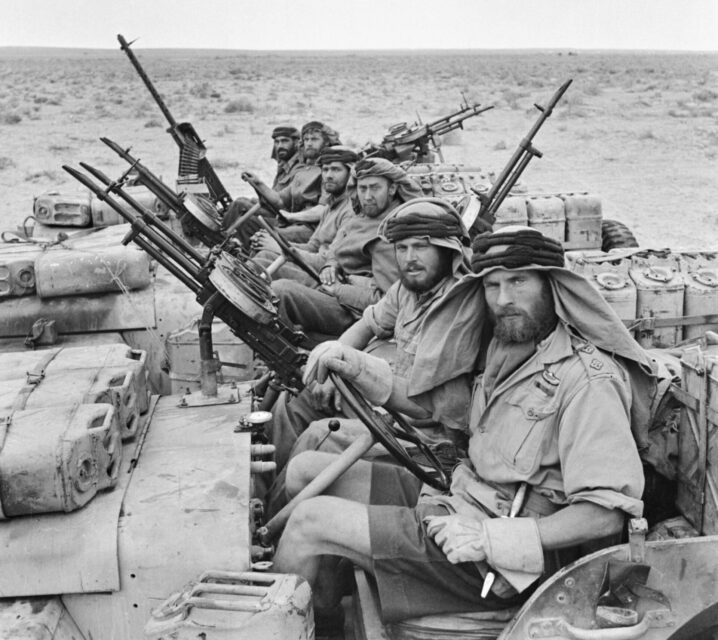
Many of Paddy Mayne’s most notable missions involved the destruction of enemy aircraft in North Africa – in particular, at Wadi Tamet in Libya. On the night of December 14, 1941, he and his men snuck into the airfield and, after ambushing the German and Italian troops stationed there, used Lewes Bombs and guns to destroy 24 enemy aircraft, on top of telegraph poles, fuel tanks and an ammunition dump.
A similar feat occurred in July 1942, when Mayne and Capt. David Stirling conducted a raid on Sidi Haneish Airfield. The two of them and their men destroyed 40 German aircraft. It’s reported that, throughout his time in North Africa, Mayne destroyed 130 aircraft.
Unsurprisingly, this led him to receive command of the 1st SAS Regiment, whom he led across Italy, Sicily, Germany and France. While moving through Germany in 1945, they became the targets of numerous secretive attacks, having to maneuver land mines, enemy ambushes and sniper fire.
Throughout World War II, Mayne became one of the most decorated soldiers in the British Army and was recommended for the Victoria Cross for his actions during Operation Howard, a Special Air Service mission designed to provide reconnaissance for the Canadian 4th (Armoured) Division during its advance into Oldenburg, Germany.
While he eliminated a German machine gun position and rescued his wounded men, he never received the medal. Instead, he was awarded a third bar to his Distinguished Service Order.
Why were Paddy Mayne’s combat tactics so effective?
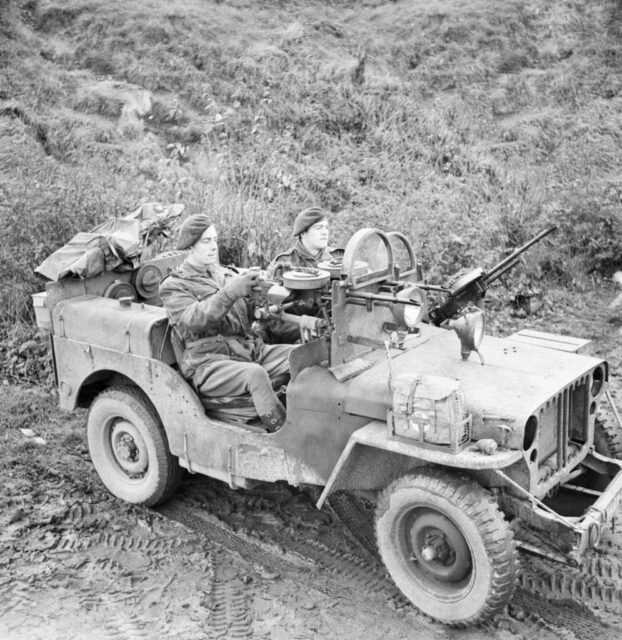
Paddy Mayne’s approach to warfare was as unconventional as it was effective, setting him apart from his counterparts.
His leadership style featured a combination of audacity, strategic ingenuity, and an intimate understanding of the psychology of his men and the enemy. Mayne’s operations with the Special Air Service showed his ability to leverage surprise and innovation to achieve objectives. His raids weren’t mere acts of sabotage; they were masterfully orchestrated maneuvers.
One of Mayne’s key strategies was the employment of small, highly mobile units that could strike quickly and vanish into the night, a tactic that became the hallmark of the SAS. This required soldiers who weren’t only physically elite, but also mentally adaptable and capable of thinking creatively in high-pressure situations. Mayne was instrumental in cultivating this mindset among his troops, often leading by example.
Struggling to adapt to civilian life
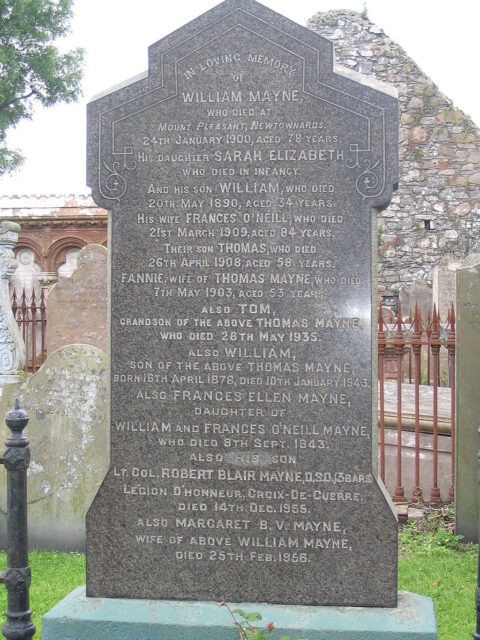
After World War II, Paddy Mayne transitioned back to civilian life. He found peacetime challenging, and his post-war years were a mix of personal endeavors and public recognition. He was a member of the Falklands Islands Dependencies Survey for a short while and even traveled to the archipelago, before having to return to Northern Ireland after aggravating a wartime injury.
Mayne briefly returned to his pre-war profession as a solicitor following his discharge, attempting to find solace in the normalcy of daily work. He also tried to play rugby once more, but the aforementioned injury made that impossible.
More from us: Was the Allied Bombing of Dresden a War Crime or Wartime Necessity?
On December 13, 1955, after a night of drinking, Mayne was involved in a car accident in Bangor. Reports state he collided with a farmer’s vehicle, with the incident resulting in his death. His funeral service three days later was attended by thousands.
